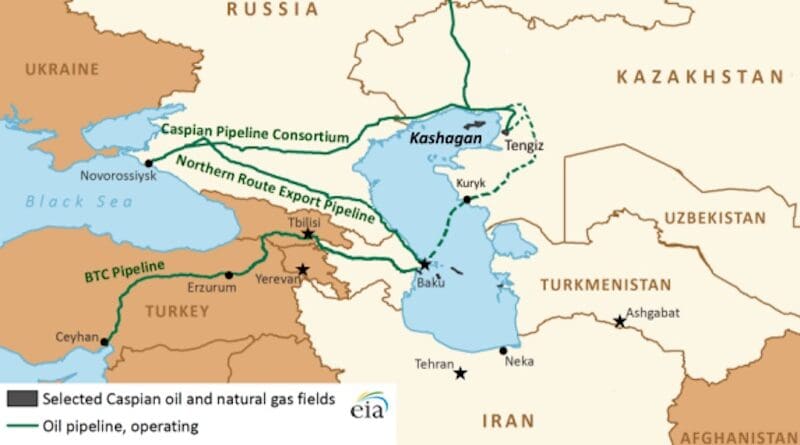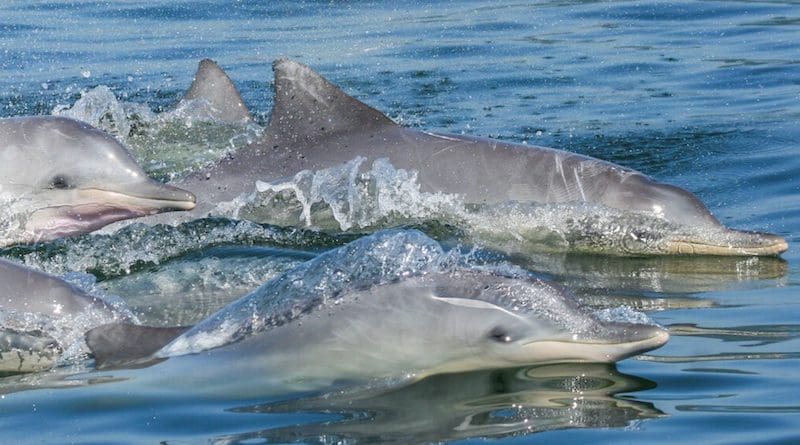It Will Take 880 Years to Achieve UN Ocean Conservation Goals, at This Rate (Commentary)
He plans to say that ocean conservation has lost momentum toward protecting 30% of the ocean by 2030 and that a lot more needs to be done to address the human dimensions of conservation, including guaranteeing access rights, equity, and justice.

- Indigenous conservationist Angelo Villagomez will speak at the Our Ocean conference, one of the largest and highest profile conferences of its kind, this week in Athens, Greece.
- He plans to say that ocean conservation has lost momentum toward protecting 30% of the ocean by 2030 and that a lot more needs to be done to address the human dimensions of conservation, including guaranteeing access rights, equity, and justice.
- “At this rate, raising the area of global ocean protection from 8% to 30% will take an additional 880 years,” he argues in a new op-ed.
- This post is a commentary. The views expressed are those of the author, not necessarily Mongabay.
The ninth Our Ocean conference takes place this week in Athens, Greece. It is the largest and highest profile conference of its kind, and attracts presidents and celebrities, who all try to outdo one another with bigger and stronger conservation commitments.
This year I was invited to attend and will be speaking about my 20 years of experience working as an Indigenous Chamorro scientist to protect the ocean. I plan to call attention to the fact that ocean conservation has lost momentum toward protecting 30% of the ocean by 2030 — and that a lot more needs to be done to address the human dimensions of conservation, including guaranteeing access rights, equity, and justice.
According to the World Database of Protected Areas, at the start of the global COVID-19 pandemic in February 2020, 7.91% of the ocean was protected. That number stands at 8.01% today — an increase of only 0.1% over the last four years.
At this rate, raising the area of global ocean protection from 8% to 30% will take an additional 880 years. Put another way, achieving these goals by 2030 would require that marine-protected areas be designated at a rate nearly 150 times faster than what’s happening now.
To put this in perspective, the Biden Administration is working feverishly to designate the proposed Chumash Heritage National Marine Sanctuary. Through the America the Beautiful for All Coalition and the National Ocean Protection Coalition, nearly the entire weight of the American conservation movement is throwing support behind this singular designation. To achieve 30×30 on the ocean globally will require designating 2.2 Chumash-sized protected areas every day between now and the last day of 2030.
Ocean conservation growth wasn’t always so stagnant. A common refrain at the start of the last decade was that “less than 1% of the ocean is protected,” but many millions of square kilometers of ocean were protected in the following years. At the 2016 Our Ocean event, leaders announced the designation or expansion of some of the largest and most iconic marine-protected areas in the world — including the Northwest Hawaiian Islands, Ross Sea, Northeast Canyons and Seamounts, Saint Helena, and the Galapagos. At the end of the year, the United Nations put out a statement announcing that 5% of the ocean was protected.
We were so optimistic about the future of ocean conservation in 2016 that not only did we assume we were on pace to achieve the UN’s goal of protecting 10% of the ocean by 2020 — we set an even more ambitious goal of protecting 30% of the ocean by 2030, a movement sometimes referred to as 30×30. I helped write and negotiate the original 30×30 agreement in 2016, which became the source material for the UN Convention on Biological Diversity agreement approved in 2022.
Of course, numbers don’t tell the whole story, and getting to 30% is only one part of the story here. In the last four years, some protected areas were rolled back even while new ones were created, and some governments started defining “protected” with a higher standard — and thus reporting less of their waters to the database.
But hyper-focusing on size masks many other aspects of successful ocean management. There are also questions of where these protected areas are located, who carries the conservation burden when fishing is restricted, and who reaps the benefits when tourism, conservation, research, and education dollars start flowing.
See related: First ever U.S. Indigenous Marine Stewardship Area declared in California
While progress has seemingly been slow, our movement has gotten better in addressing the human dimensions of ocean conservation — what I like to call the who, how, and what. Many governments, organizations, and individuals now try to ensure their approach to ocean protection is ethical, equitable, and just. For example, the Biden Administration has written ocean justice into government policy with the release of the Ocean Justice Strategy and the Ocean Climate Action Plan, and some conservation organizations have increased their hiring of people of color.
So, all is not lost. The Biden Administration has proposed designating up to six new national marine sanctuaries, several of which involve Indigenous peoples. The administration also has the potential to deliver final management plans for marine monuments originally designated during the Bush and Obama years.
Globally, two thirds of the world’s ocean are high seas, so the recent landmark High Seas Treaty provides an opportunity to designate huge swaths of ocean beyond national jurisdiction as protected areas. But the treaty must first be ratified, and states will have to demand that regional fisheries management organizations and the International Seabed Authority come to the table, as it is not mandated in the agreement.
According to the organizers, the Our Ocean conference has mobilized more than 2,160 commitments worth approximately $130 billion since 2014. This year needs to be even bigger if we’re going to break out of this ocean conservation rut.
The attendees of Our Ocean are the right people — not just the right people to make commitments, but the right people to ensure that money and capacity are reaching on-the-water efforts in a way that is both effective at conserving ocean life and also equitable and just for communities.
Angelo Villagomez is an Indigenous Chamorro ocean advocate and a senior fellow at the Center for American Progress. He is also the vice chair of the Marine and Coastal Area-based Management Federal Advisory Committee and the oceans co-lead for the America the Beautiful for All Coalition.
Related audio from Mongabay’s podcast: A discussion with environmental journalist Cynthia Barnett about her book, “The Sound of the Sea: Seashells and the Fate of the Oceans,” listen here:







